A guide to whisky on Islay
All you need to know about peat, flavour, history, sustainability, pronunciation and £16 million casks…
It’s said that when Irish monks arrived on the remote coast of Islay in the 1400s, they spotted an extraordinary potential for whisky distillation because of the wild island’s natural assets. Acres of fertile land capable of cultivating barley, large reserves of peat and pure soft Hebridean lochs and rivers (again suffused with peat).
Islay was just what was needed to set a world-class whisky-making culture in motion.
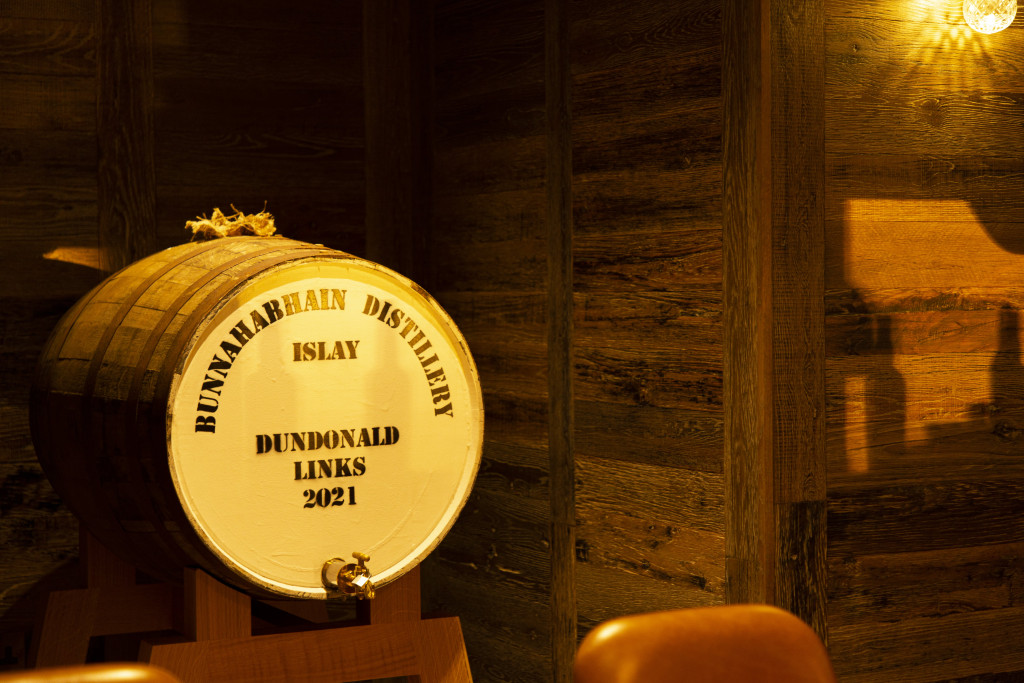
Skip forward 600 years and Islay is now a pilgrimage site for serious whisky lovers and connoisseurs, from those with extensive knowledge and an ultra-refined palate to the more casual drinkers wanting to cosy up with a warming dram. Famous Islay labels include Laphroaig, Lagavulin and Ardbeg, with seven other distilleries on the island racking up impressive cult followings of their own.
The flavoursome whiskies produced on Islay are bold and powerful, bottling the fireside crackle of peat smoke and notes of briney sea air to lend a satisfyingly savoury edge. It’s difficult to visit the island without sampling – or at least learning about – its proud whisky heritage.
But how to look well-versed in whisky lore and comfortably rub shoulders with those in the know? Here are a few facts about Islay whisky to know before you arrive…

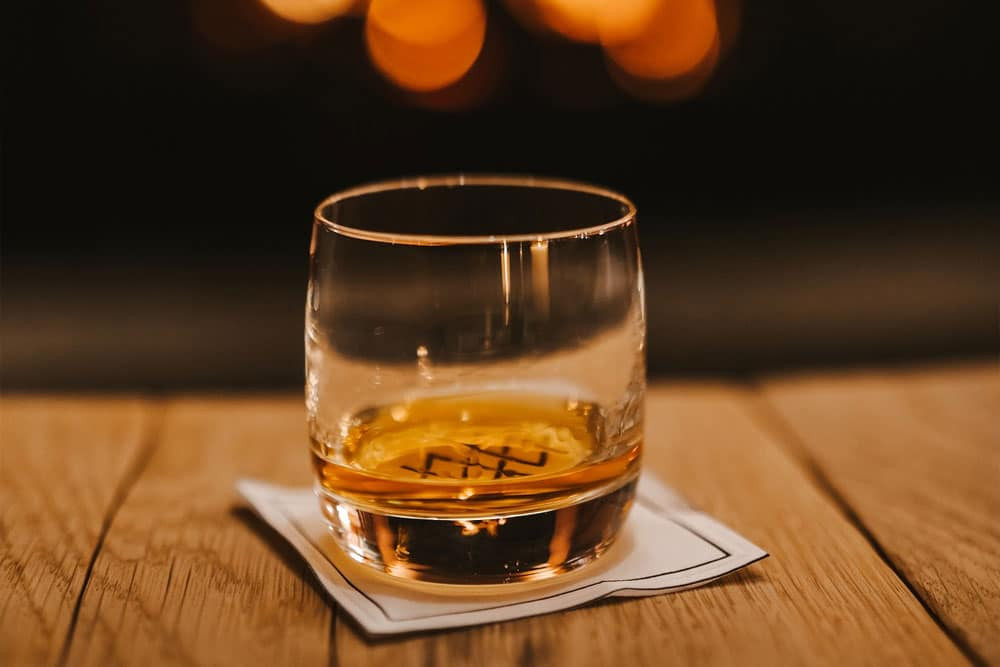
1. First things first – what defines Scottish whisky?
Scottish whisky (or Scotch) has to be matured for a minimum of three years in its oak cask before it can be bottled at a minimum of 40% alc. vol. This maturation requirement is distinct from other varieties such as American or Japanese. Also note the spelling difference; there’s usually an ‘e’ in the spelling of Irish and American ‘whiskey’, which the Scottish version omits.
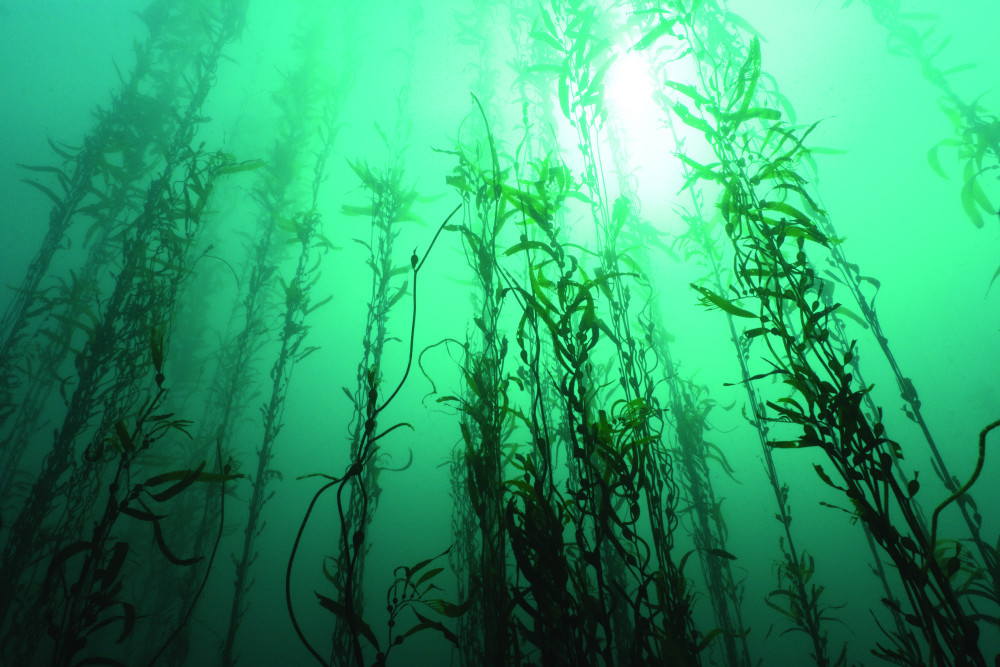
2. So what do Islay whiskies taste like?
If you were to describe Islay whisky’s potent notes, it would automatically be ‘peat’ and ‘seaweed’. A strange combination to the uninitiated perhaps, but one proven to be much loved by discerning drinkers and winning accolades across the globe.
Islay whisky is well known for its peaty smokiness, varying from having your tastebuds rushed in an instant to the edges of a roaring bonfire, to the gentle and much milder varieties with lingering smoke trailing through. Most Islay distilleries offer a choice to suit a range of tastes – including unpeated varieties, that can be honeyed, chocolatey, mossy or fruity in taste.
Also with such a rich history (the first distillery, Bowmore, opened in 1779), they really know what they’re doing – having refined their process for centuries.
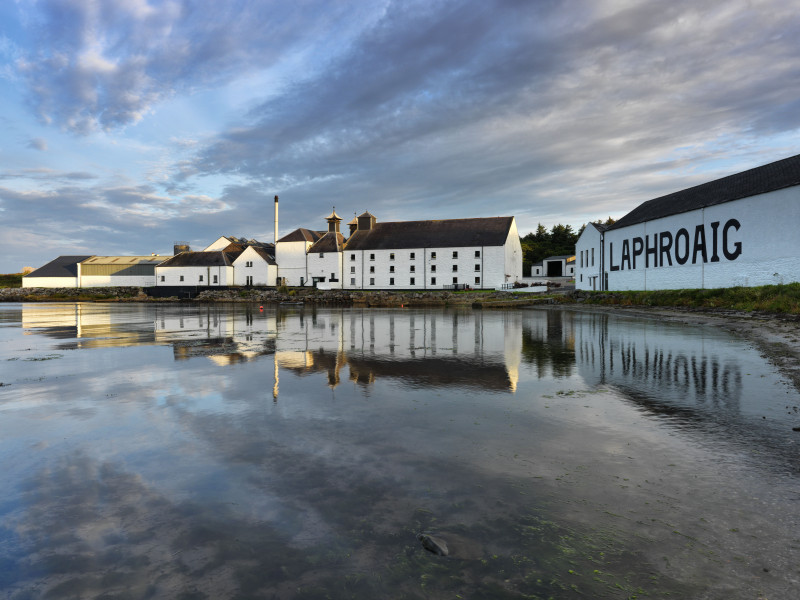
3. Getting your head, and tongue, around distillery names
The heavyweights are the ones you’ve probably already heard of: Ardbeg, Lagavulin and Laphroaig (‘Laf-royg’). But as Islay has a total of 10 excellent working distilleries, we’ve added distinguishing facts – and pronunciation guidance – for the rest of the line-up below:
Kilchoman (‘Kil-ho-man’, and slightly guttural on the ‘ho’ sound): a single farm with traditional methods, it maintains the entire process in-house from barley growing to bottle.
Bowmore: the oldest licensed distillery on Islay.
Bruichladdich (‘Bru-ick-laddie’): the progressive experimental one with a cult following, that’s also B Corp certified working as a business for good.
Bunnahabhain (‘Bu-na-ha-venn’): the only distillery to use pure spring water from the Margdale river, so that their whisky remains unpeated –producing a drink that’s lighter in character.
Caol Ìla (‘Cull-eel-a’): the largest distillery, producing both peated and unpeated single malts.
Ardnahoe: The distillery with the only worm tub condensers on Islay (large copper coils submerged in condenser tanks of cold water which mean a more gradual distillation process), and 24.5ft long lyne arms – the longest in Scotland.
Port Ellen: The iconic distillery first opened in 1825, and was brought back to life in 2024 following a £185 million restoration project across Islay.
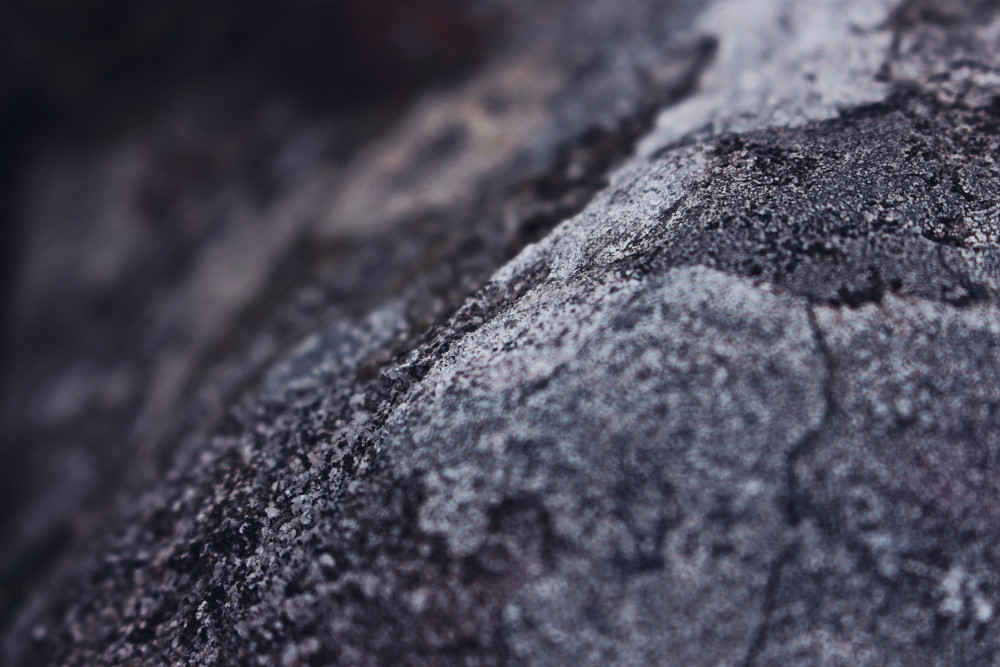
4. We’ve mentioned peat, but what exactly is it and how is it used?
Peat is common to bogs across Islay and some other Scottish islands. The product of layers of grass, heather and moss being compressed over thousands of years, it provides a brilliant organic fuel. Slabs of peat are dug every summer on Islay, and left to dry out. Distilleries add these to kilns where the barley for whisky making is dried. The smoke’s strong distinctive aroma that results from burning these slabs infuses the grain, and makes its way into Islay’s whisky.
The ‘peatedness’ of whisky is measured in parts per million (ppm) of malted barley and indicates the phenol content going in, or ‘smoke character’ – although the final taste can be masked or altered by other factors during the process.

5. Islay whisky is steeped in tradition…
Provenance of ingredients and keeping traditional methods and processes alive are held dear to the distilleries of Islay. With Bowmore reputedly the second oldest whisky distillery in Scotland and with such a rich history of whisky-making, there’s a huge sense of islander pride in their industry.
Laphroaig uses a traditional malting floor, one of the few in the world to do so, and while Kilchoman is a relative newcomer, it is proud of its single family farm status (see point 3 above). The copper stills can be Victorian; the farming, kiln-drying and distillation methods similar to those used a hundred years previously; the barley carefully hand-turned each day on malting floors by dedicated maltmen with shovels. There’s a strong sense of tradition whichever distillery you step into.
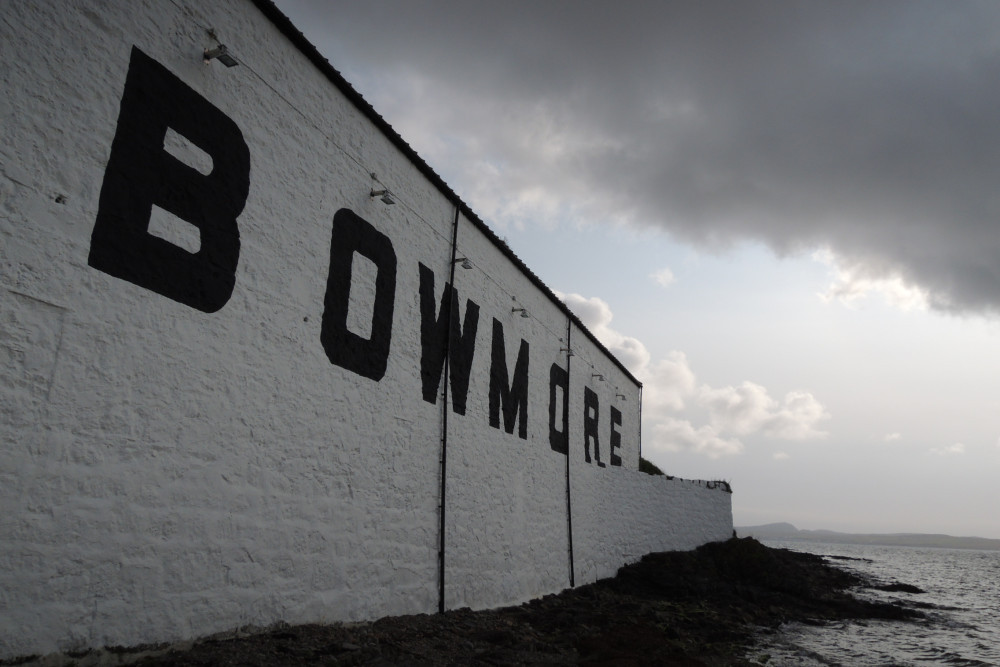
6. …But there are huge leaps in innovation in Islay’s whisky industry too
Whether through a commitment to environmental sustainability or supporting the island’s community through job opportunities, there are some truly 21st-century outlooks to Islay’s whisky-making.
Bowmore recycles its hot air to heat the local swimming pool. And B Corp distillery Bruichladdich runs on 100% UK-sourced renewable energy, is on course to eliminating all secondary packaging from its products, uses crop rotation methods as part of The Regeneration Project to improve soil health, and is overseeing an ambitious hydrogen project called Hyladdie – currently underway to replace fuel oil to aid their ambition of fully decarbonising distillation by 2025.
Port Ellen is home to the Experimental Stills, a pair of giant copper stills connected to the world’s first 10-part spirit safe. This pioneering technology offers a more scientific approach for distillers to draw unique spirits at different stages of the process, promising new opportunities for as-yet unexplored flavours.
7. There’s a lucrative private market in one-of-a-kind casks
In 2022 Ardbeg broke the record, having sold a cask of 1975 Ardbeg ‘Cask No 3’ for the staggering sum of £16m to a private collector in Asia. This is over twice the amount the whole stock and distillery was bought for back in 1997, marking a milestone moment for Ardbeg’s journey. With the cask containing 440 bottles’ worth, that works out as roughly £36,000 per bottle.
The previous record-breaking single cask was sold for £15m; while also in 2022 a rare, forgotten cask called The Macallan 1988 sold online on a specialist auction site for £1m – a record price to be sold at auction. Only a handful of casks among the millions that Scotland produces each year enjoy this ‘collector’s item’ status, but there’s certainly an active community of super-rich private buyers willing to invest huge sums.
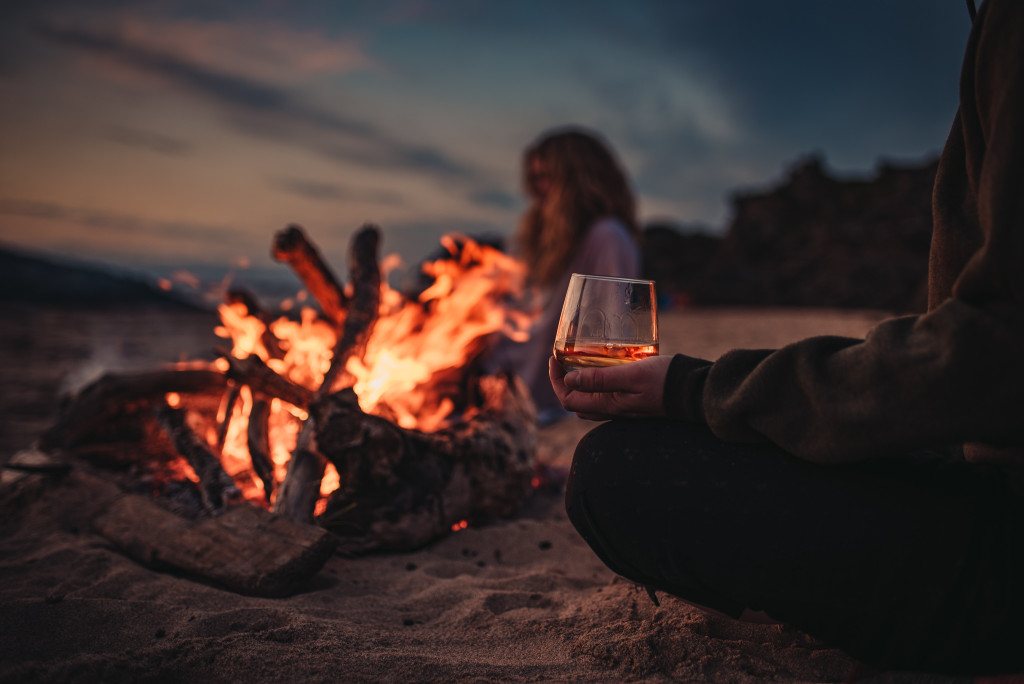
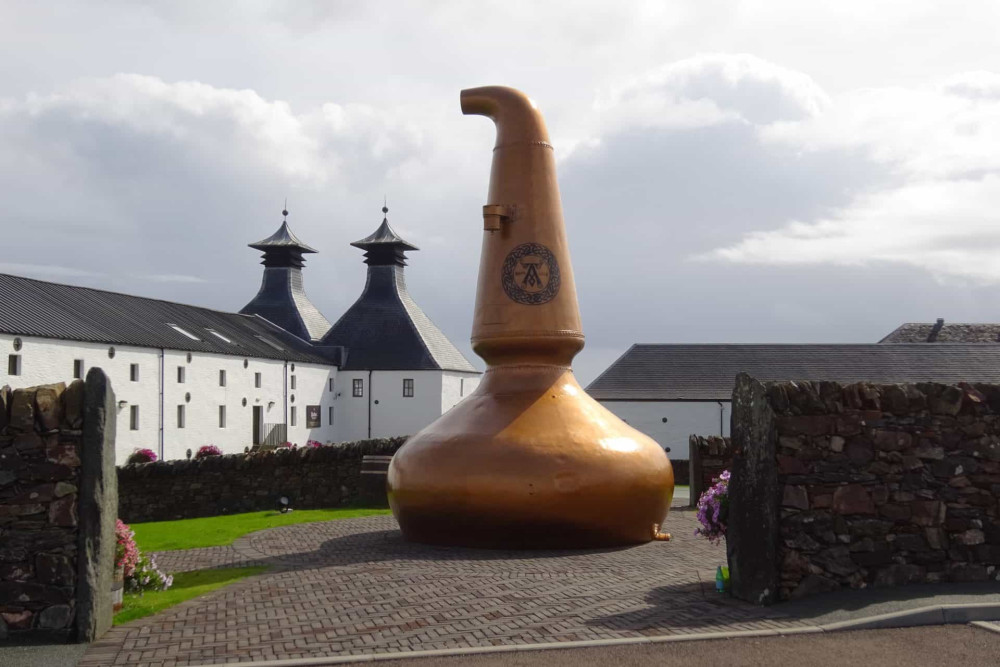
8. One of the best walking routes is the Three Distilleries Pathway
For those venturing out from The Machrie, Ardbeg is the closest distillery to visit. Another popular walking trail is the Three Distilleries Path. Begin at the town of Port Ellen before taking in wonderful coastal views, and even detour to the castle. You’ll get to stop off at Laphroaig, Lagavulin and finish up at Ardbeg where you can have a restorative break at the Old Kiln Café after an afternoon of intensive whisky sampling.
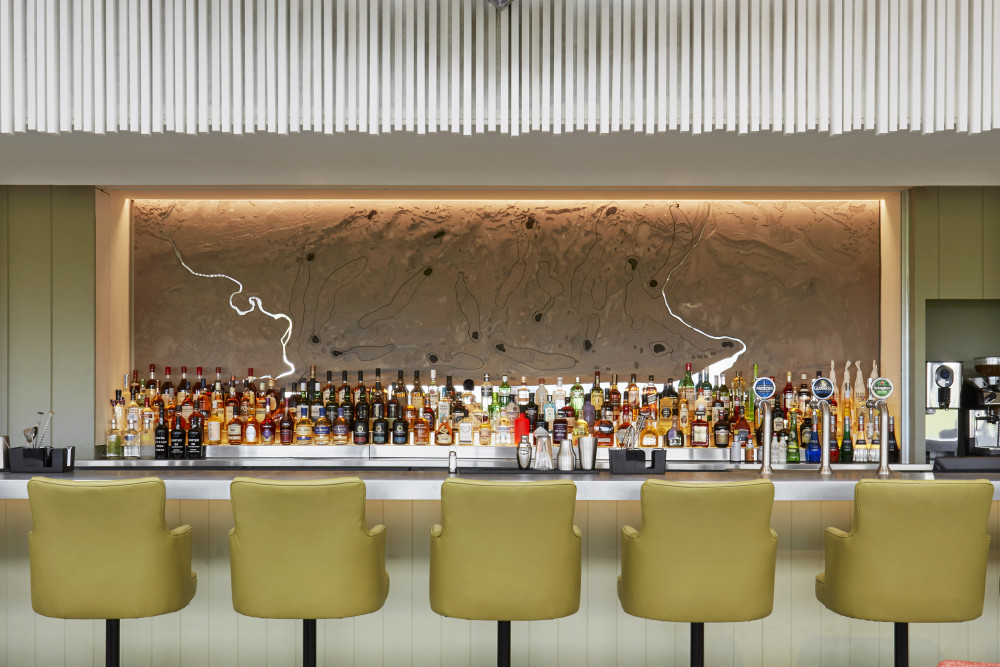
9. Visiting and tasting when staying at The Machrie
On the west coast of the island, nestled in the dunes of The Big Strand beach, The Machrie is within easy reach of all 10 distilleries. Many of them hold tours and events throughout the year – a good opportunity to taste the many single malt flavours of Islay.
The Machrie bar also stocks a wide range of Scottish whisky.
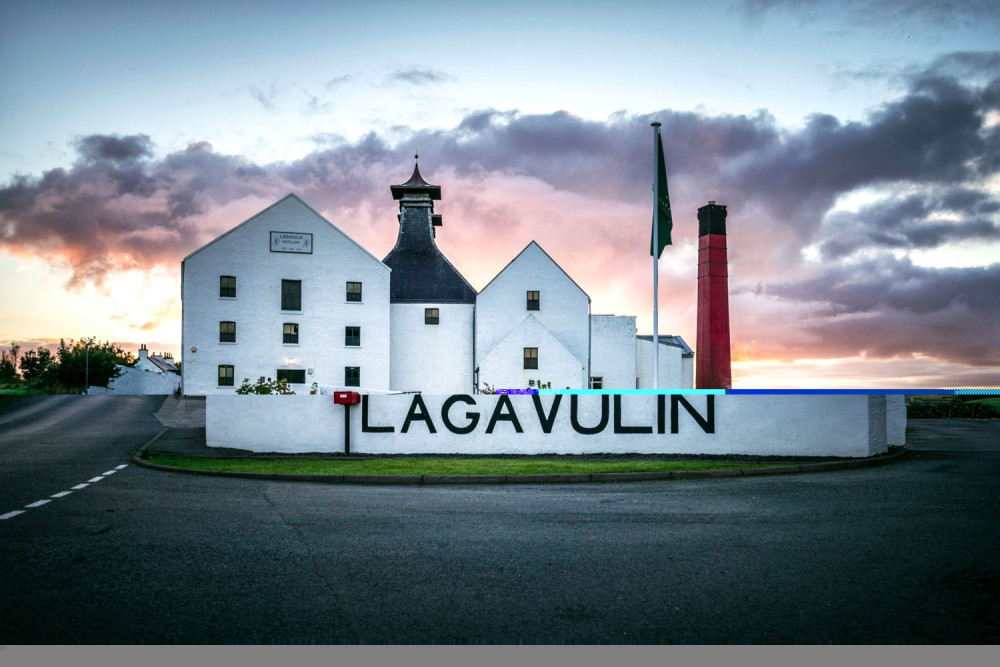
Guide to distilleries on Islay
Learn about the oldest distillery in Bowmore, the three distillery pathway and the only farm distillery on the island. Read our guide on the 10 distilleries you can visit on Islay.